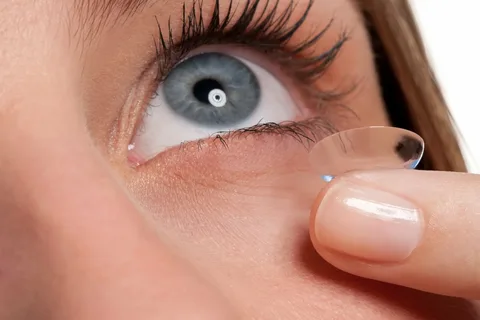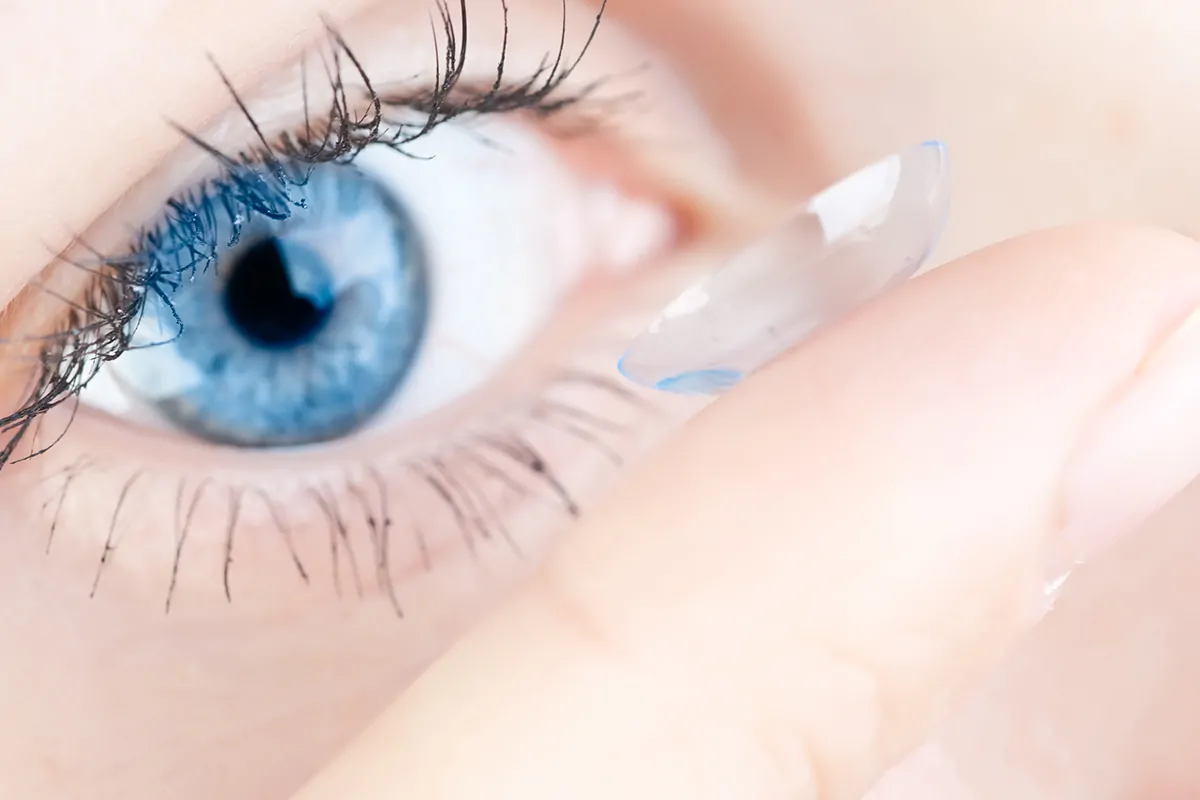Choosing the right type of contact lenses can significantly impact your comfort, convenience, and eye health. Among the most popular options are daily and monthly contact lenses, each offering unique benefits and considerations. Understanding the differences between these two types can help you make an informed decision that suits your lifestyle and vision needs. Let’s explore the pros and cons of daily and monthly contact lenses to determine which might be the best fit for you.
1. Understanding Daily Contact Lenses
Daily contact lenses, also known as dailies, are designed to be worn once and then discarded at the end of the day. Each morning, you start with a fresh pair, which eliminates the need for cleaning and storage. This type of lens is known for its convenience and hygiene, making it a popular choice among many users.
Pros of Daily Contact Lenses:
- Convenience: No need to clean or store lenses. Just dispose of them at the end of the day.
- Hygiene: Fresh lenses daily reduce the risk of eye infections caused by protein deposits, bacteria, or allergens.
- Comfort: Daily lenses are typically thinner and made from materials designed for short-term use, which can enhance comfort.
- Ideal for Allergies: Since you’re using a fresh pair every day, there’s less chance for allergens to accumulate on the lenses, making them a good option for people with allergies.
Cons of Daily Contact Lenses:
- Cost: Daily lenses can be more expensive over time compared to monthly lenses, as you need a new pair every day.
- Environmental Impact: The packaging and waste from daily disposables can be a concern for environmentally conscious users.
- Limited Availability for Special Prescriptions: Some specific vision needs, like high astigmatism or multifocal prescriptions, may have fewer daily lens options.
2. Understanding Monthly Contact Lenses
Monthly contact lenses are designed to be worn for up to 30 days, with nightly removal for cleaning and storage. These lenses are typically made from materials that allow for higher oxygen permeability, which is crucial for long-term wear. Proper care and maintenance are essential to ensure eye health and lens longevity.
Pros of Monthly Contact Lenses:
- Cost-Effective: Monthly lenses are often less expensive in the long run compared to daily lenses, as you only need one pair per month.
- Variety and Availability: There’s a wider range of monthly lenses available, including options for specific vision corrections like toric lenses for astigmatism or multifocal lenses for presbyopia.
- Durability: Designed for extended use, these lenses are made from more durable materials, often providing better hydration and comfort for longer periods.
Cons of Monthly Contact Lenses:
- Maintenance Required: Monthly lenses require daily cleaning and proper storage, which adds time to your routine and requires purchasing additional supplies like cleaning solutions and cases.
- Hygiene Concerns: If not cleaned properly, monthly lenses can accumulate protein deposits and bacteria, increasing the risk of eye infections.
- Comfort: Some users may find monthly lenses less comfortable towards the end of their wear cycle due to lens deposits or reduced hydration.
3. Factors to Consider When Choosing Between Daily and Monthly Lenses
Choosing between daily and monthly contact lenses depends on several factors, including your lifestyle, budget, and eye health needs. Here are some key considerations:
Lifestyle and Convenience:
- If you lead a busy lifestyle and prefer minimal fuss, daily lenses may be the best option due to their low maintenance.
- For those who travel frequently or engage in outdoor activities, dailies can be more convenient as you don’t need to carry cleaning supplies.
- If you’re looking for a more cost-effective option and don’t mind the daily maintenance routine, monthly lenses might be more suitable.
Budget:
- Evaluate the cost implications of each option. While dailies may have a higher upfront cost, the convenience and reduced need for cleaning supplies can be worth it.
- Monthly lenses can be more economical if you wear contact lenses every day and are comfortable with the care routine.
Eye Health and Comfort:
- If you have sensitive eyes or allergies, daily lenses can help reduce irritation by providing a fresh pair each day.
- For those with specific vision needs, monthly lenses offer a broader range of options and may provide better vision correction.
Environmental Impact:
- Consider the environmental implications of each type. Daily lenses generate more waste due to daily disposal, while monthly lenses reduce packaging waste but require additional products for cleaning and storage.
4. Consultation with an Eye Care Professional
Before making a decision, it’s essential to consult with your eye care professional. They can provide personalized recommendations based on your eye health, vision correction needs, and lifestyle preferences. An eye exam can also help determine if you have any specific conditions that might make one type of lens more suitable than the other.
Conclusion
Daily and monthly contact lenses each offer unique benefits and challenges. Daily lenses provide unmatched convenience and hygiene, making them ideal for those with busy lifestyles or concerns about eye infections. Monthly lenses offer cost-effectiveness and a broader range of options for specific vision needs but require a commitment to daily cleaning and care.
Ultimately, the best choice depends on your personal preferences, budget, and eye health needs. By understanding the pros and cons of each type and consulting with your eye care professional, you can select the contact lenses that best suit your lifestyle and ensure comfortable, clear vision.



